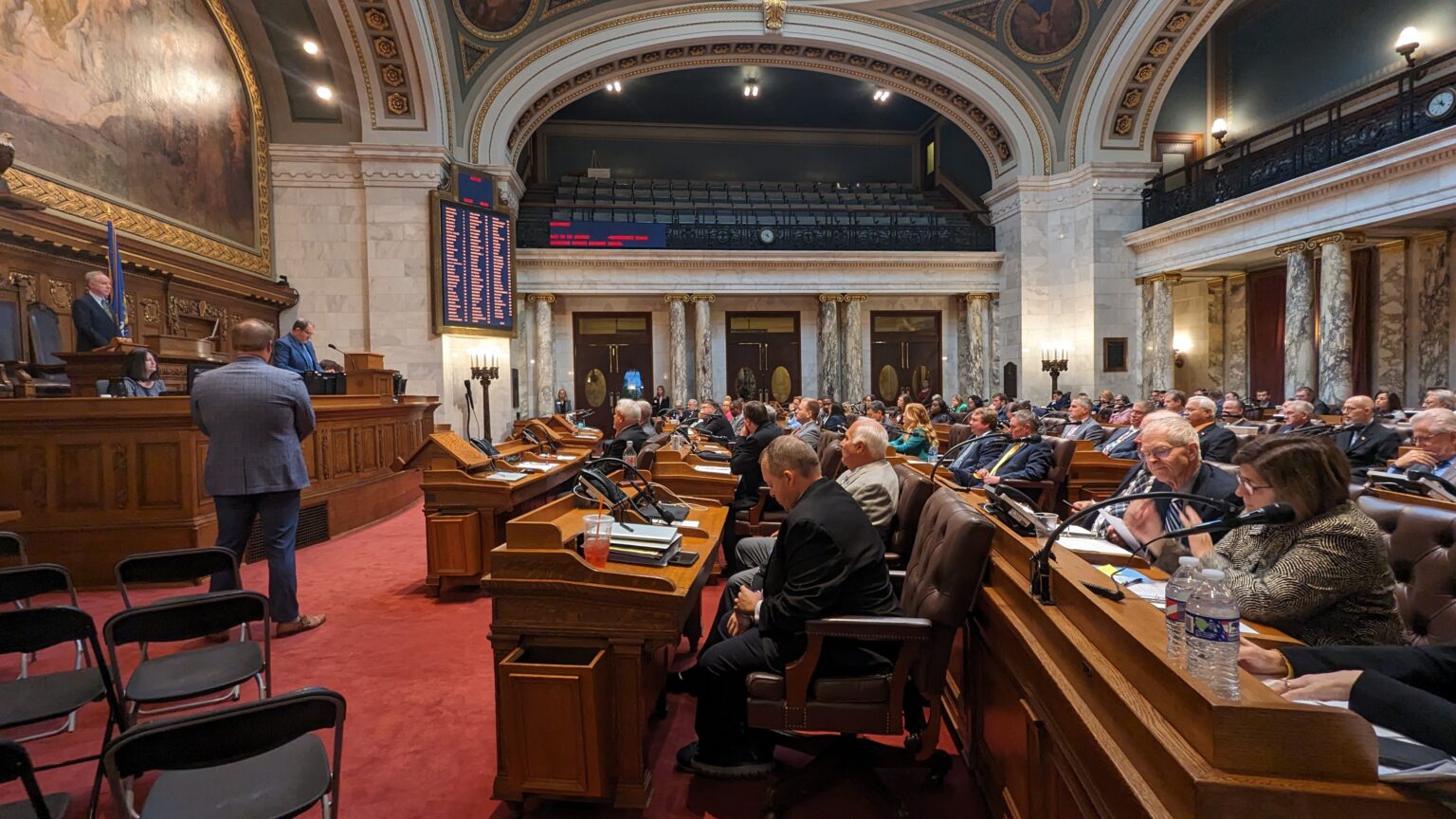
NGOCSTIP – Wisconsin’s Human Trafficking Council officially began its work in June 2025. Governor Tony Evers signed legislation to create this new body. The council works under the state’s Department of Justice. Its main goal is to strengthen efforts against human trafficking across Wisconsin. It focuses on victim support, law enforcement coordination, and prevention strategies. The council’s formation reflects growing concern about trafficking in the region. This article explores the council’s roles, plans, and expected impact on the community.
The council collects and maintains comprehensive data on human trafficking cases. Accurate data helps officials understand the scope and nature of trafficking locally. The council also develops model training programs for various public employees. These trainings aim to equip law enforcement, healthcare workers, and social services staff. They learn to recognize trafficking signs and respond appropriately. Additionally, the council creates a statewide strategic plan to prevent trafficking. This plan promotes collaboration among government agencies, nonprofits, and communities. It ensures coordinated efforts to address trafficking from multiple angles.
The council also focuses on raising awareness about trafficking risks. It promotes public education campaigns to inform citizens how to identify and report trafficking. The council’s work is essential in connecting isolated victims with help. It guides law enforcement to prioritize human trafficking cases effectively. Through these efforts, Wisconsin hopes to create a more comprehensive response to trafficking.
“Read about: G7 Unites Against Migrant Trafficking: A New Global Action Plan”
Legislation requires employees likely to have contact with vulnerable populations to undergo training. This includes police officers, social workers, teachers, and healthcare providers. Training covers how to spot trafficking indicators and offer victim-centered support. The council emphasizes trauma-informed care approaches during these sessions. It ensures professionals handle cases with sensitivity and respect. The trainings also explain legal frameworks and reporting protocols. By increasing knowledge, the council aims to improve early detection rates. Early intervention often saves victims from prolonged exploitation. The council continuously updates training content based on new research and feedback.
Prevention remains a key priority alongside enforcement. The council works to identify root causes such as poverty and lack of education. It supports programs that reduce vulnerability to trafficking. Partnerships with community groups help expand prevention outreach. The council also encourages safe workplaces and schools. Creating protective environments reduces the chances of trafficking occurring.
“Read more: New COVID-19 Vaccine Guidelines Raise Concerns Among Pediatricians”
Collaboration stands at the heart of the council’s approach. It brings together government departments, nonprofit organizations, law enforcement agencies, and victim advocates. These partnerships promote information sharing and resource pooling. The council facilitates joint task forces and coordinated responses. It also helps communities develop tailored anti-trafficking initiatives. Public awareness campaigns educate citizens on trafficking signs and how to help victims. Community members become vital allies in detecting and reporting suspicious activity.
Furthermore, the council advocates for survivor support services. It encourages expansion of safe housing, counseling, and legal aid programs. Supporting survivors increases their chances of recovery and reintegration. The council prioritizes survivor voices in planning and decision-making. Wisconsin’s model seeks to balance enforcement with compassion and care. Its holistic approach aligns with national efforts to combat trafficking comprehensively.
Human trafficking remains a complex and evolving issue. Moreover, victims often suffer isolation, fear, and trauma. Many fear law enforcement due to distrust or coercion. Therefore, the council recognizes these challenges and promotes victim-centered practices. It supports continuous training to improve cultural sensitivity and trauma awareness. Furthermore, effective enforcement requires addressing these barriers sensitively.
Tracking the council’s progress depends on ongoing data collection and analysis. Consequently, officials use this data to refine strategies and identify gaps. The council also monitors new trafficking trends, including online exploitation. By adapting to changes, the council aims to remain effective long term. In addition, transparency in reporting progress builds public trust.
Wisconsin’s Human Trafficking Council marks a significant step forward. Its creation signals the state’s commitment to protecting vulnerable individuals. The council hopes to reduce trafficking cases and improve survivors’ lives. Thus, its collaborative, education-focused approach offers a hopeful model. As the council grows, it may inspire similar initiatives nationwide. Ultimately, Wisconsin strives to build a future free from human trafficking through strong leadership and community partnership. In conclusion, this effort exemplifies a promising path forward.